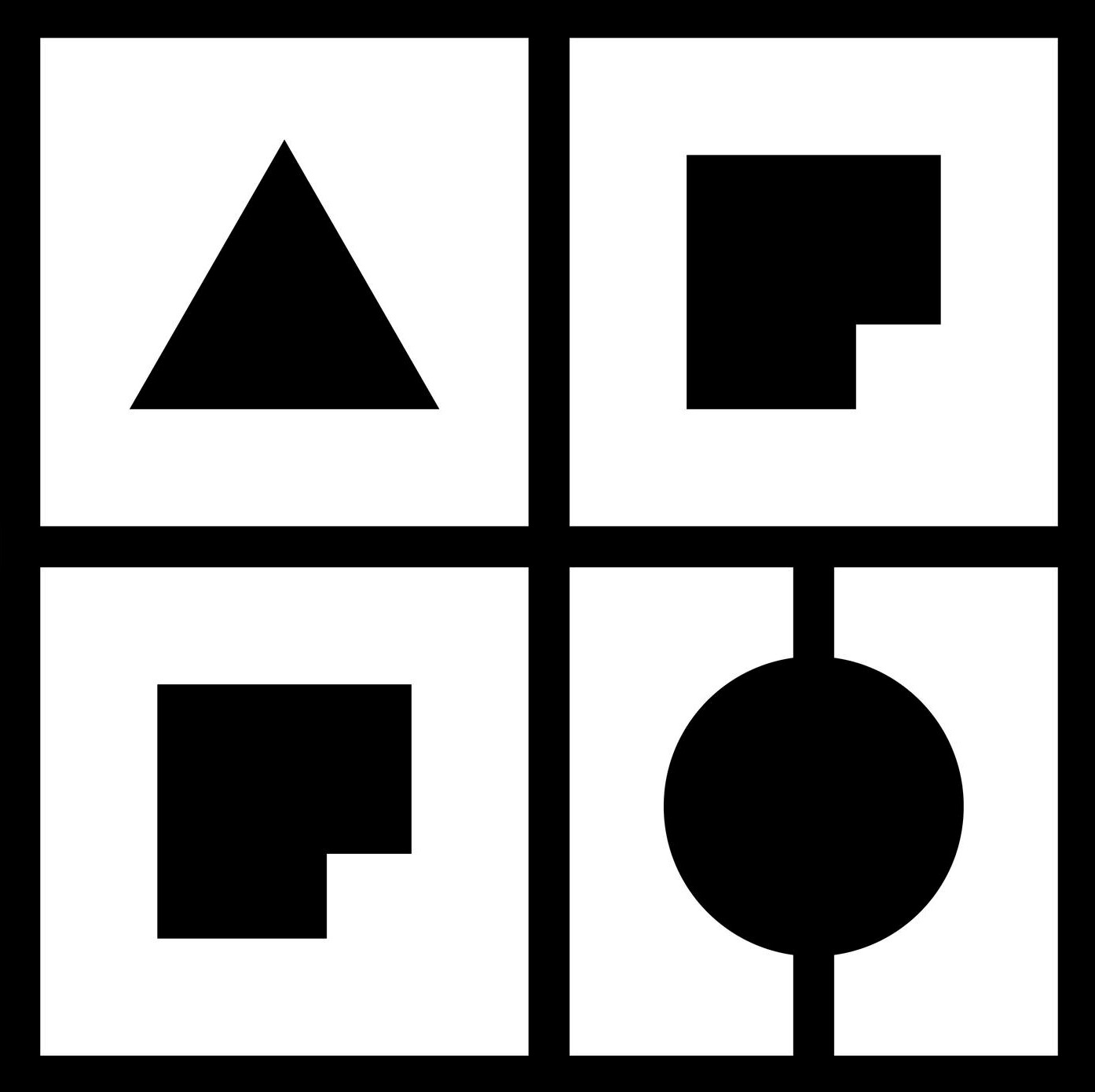APG - Design and construction on seismic impacts
| Course specification | ||||
|---|---|---|---|---|
| Type of study | Master academic studies | |||
| Study programme | ||||
| Course title | Design and construction on seismic impacts | |||
| Acronym | Status | Semester | Number of classes | ESPB |
| APG | elective | 1 | 2П + 1В | 4.0 |
| Lecturers | ||||
| Lecturer (for classes) | ||||
| Lecturer/Associate (for practice) | ||||
| Condition | Облик условљености | |||
| - | - | |||
| The goal | ||||
| Introduction to problems in earthquake engineering and seismic analysis of structures, as well as training for defining (selection) of input parameters and analysis of structural responses to earthquakes. | ||||
| The outcome | ||||
| Identification and analysis of problems in seismic analysis of structures. Problem solving in seismic analysis of structures | ||||
| Contents | ||||
| Introduction to earthquake engineering. Earthquakes: occurrence, hypocenter and epicenter, manifestations on the earth's surface. Earthquake intensity scales. Principles of seismic calculation. Basic principles of design and construction of objects in seismically active areas. Basics of passive and active construction control. Input data analysis. Selection of a constructive system. Principles of calculation of AB construction of buildings on the effect of earthquakes. Specific problems in steel, reinforced concrete and masonry structures in building construction. Review of the chapter on current seismic regulations. Structural modeling in seismic calculation. Current computer programs in the field of earthquake engineering. | ||||
| Methods of teaching | ||||
| Classroom lectures, practical exercises, other forms of teaching and consultations. Development of semester and practical assignments in the subject area in consultation with an associate or associates in class. Independent work of the student, with occasional consultations with the teacher or associate, which are not in the term of practic | ||||
| Literature | ||||
| ||||
| Облици провјере знања и оцјењивање | ||||
| The condition for obtaining a signature is a completed semester assignment. Knowledge tests are performed in written and oral form. Written tests are performed through 2 colloquia that are held during the semester (middle and end), and oral examination is performed after successful completion of the previously stated program obligations. If a student does not pass one of the colloquia during the semester must take both colloquia in terms of regular exam deadlines. All knowledge tests are considered passed if the candidate earns 51% or more of the points provided by the program for each knowledge test. | ||||
| Посебна назнака | ||||
| Предмет је заједнички за свих пет усмјерења. Предмет је изборни. Наставне јединице које студент слуша и полаже се формирају у складу са потребним компетенцијама уписаног усмјерења | ||||
